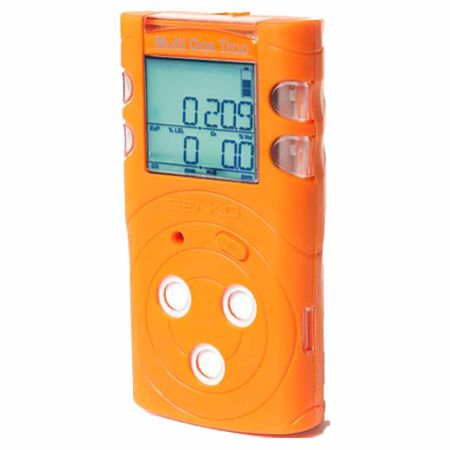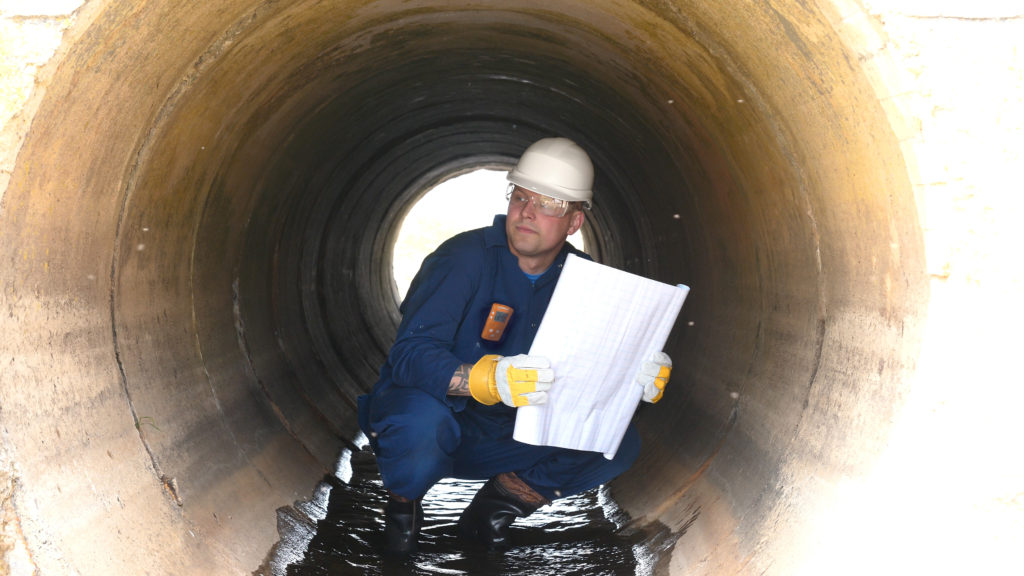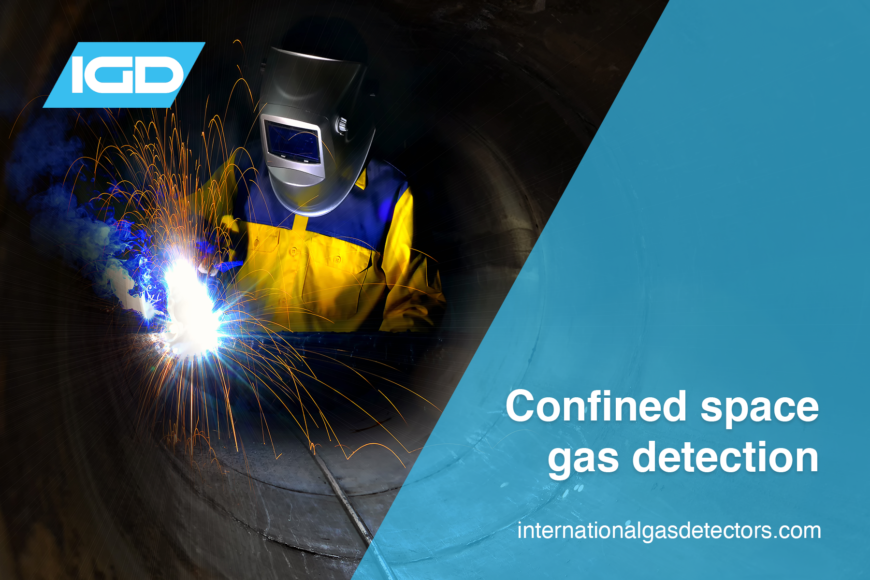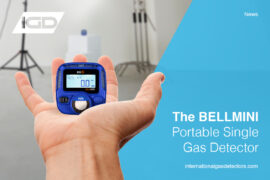A ‘confined space’ as defined for this article is any fully enclosed space where a risk may exist from noxious fumes, reduced oxygen levels or flammable gases. Site workers must often enter such spaces to carry out certain activities. Such applications can include: chambers, pipes, silos, tanks, vats, et cetera – to carry out routine inspections or scheduled maintenance. Although the term confined space, tends to evoke cramped areas, even large silos of 500+ tonne capacities can be designated confined spaces. The reason for this is that enclosures of this nature present reasonably foreseeable risks to health and safety.
Confined space gas detectors are designed to ensure occupational health and safety compliance and to protect personnel from exposure to harmful fumes, gases, vapours or lack of oxygen. A personal multi gas monitor can also be used to track the concentration of combustible gases and alert users if concentrations approach the Lower Explosive Limit (LEL). Therefore, mitigating the risk of potentially fatal ignition.
What are Specified Confined Space Hazards?
The British Health and Safety Executive (HSE) states that “working in a confined space is dangerous because of the risks from noxious fumes, reduced oxygen levels, or a risk of fire”. Best practice is to avoid carrying out tasks in confined spaces altogether, but they are often unavoidable. In which case, employers must carry out regular and robust risk assessments to ensure it is safe for work to proceed.

Risk of Gas Within Confined Spaces
Confined spaces are usually poorly ventilated which means hazardous gases and vapours may accumulate. Risk assessments should determine the species likely to be present in an enclosed space. In addition the risk assessment should adhere to safe exposure limits as established by international/regional regulators. Confined space gas detectors provide safety alarms in real time based on exposure level. Multi gas monitoring provides accurate readouts of several hazardous species simultaneously.
Although the type of gas likely present in a given enclosure varies from industry to industry, and even by application, common hazards include hydrogen sulphide (H2S), carbon monoxide (CO), and flammable gases.
Hydrogen sulphide, sometimes referred to as sewer gas, is a common by-product of various industrial and municipal processes. It is heavier than air so tends to build-up in enclosed spaces like sewage systems. Further to this, H2S is a severely toxic gas which can cause harmful side effects even at relatively low exposure limits. H2S subsequently has a workplace exposure limit (WEL) of 5 parts per million (ppm) 8-hour time-weighted average (TWA).
Carbon monoxide is likewise a common bi-product that can accumulate rapidly in enclosed spaces. The risk of CO exposure is greater for labourers operating fuel-burning tools or arc welders in enclosed spaces. Therefore risk assessments should consider the carbon monoxide generation rate of equipment when determining safe shift patterns.
Confined Space Gas Detectors: H2S, CO, O2 & Flammable Gases
The MGT confined space gas detectors is the ideal, compact solution for confined space gas monitoring. The MGT is a small format, confined space gas detector designed for simultaneous monitoring of the following gases:
- Carbon monoxide 0 – 100ppm
- Flammable gases 0-100% LEL
- Hydrogen sulphide 0 – 50ppm
- Oxygen 0 – 25%VOL
The MGT is the worker’s choice multi-gas monitor for confined space gas detection. The small format MGT is packed full of features and backed with a 24month warranty. Want to learn more? Contact a member of the IGD team today. Alternatively you can order online today from our webstore. We offer one of the fastest delivery times in the industry with next day despatch and global shipping.





